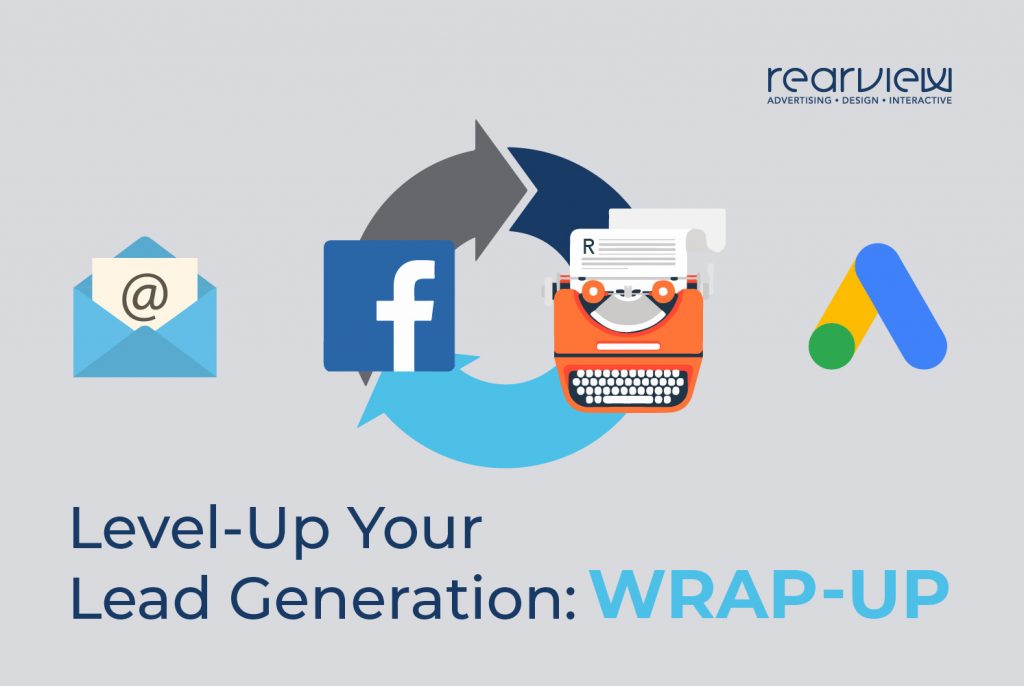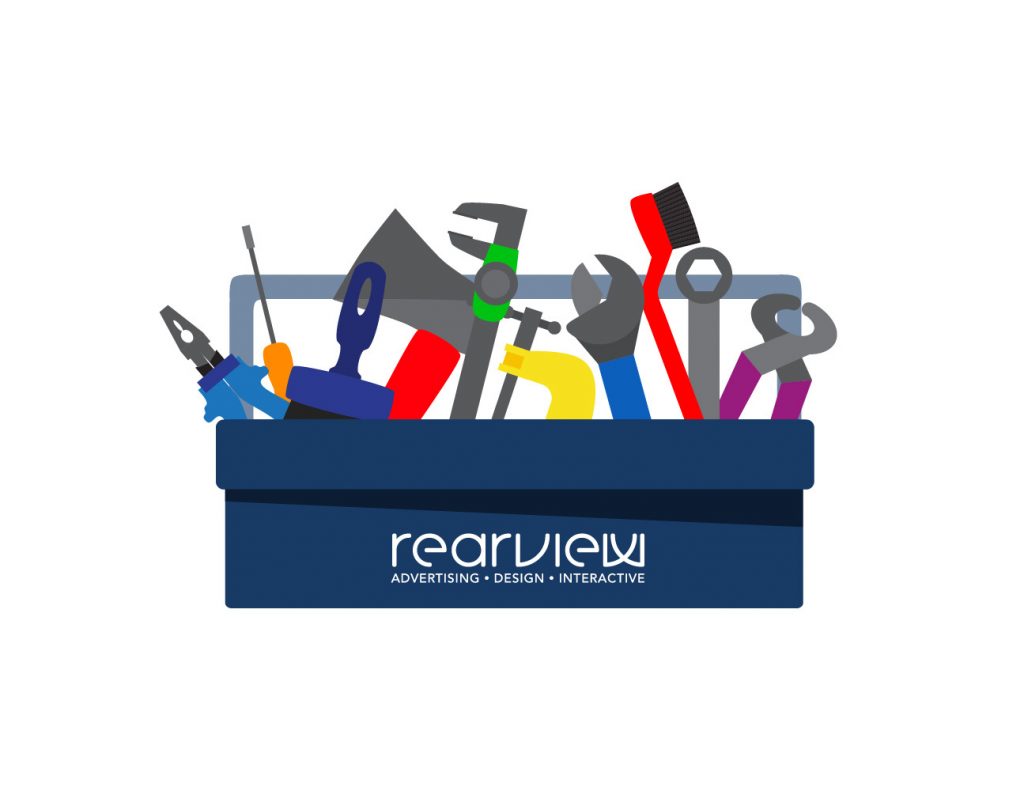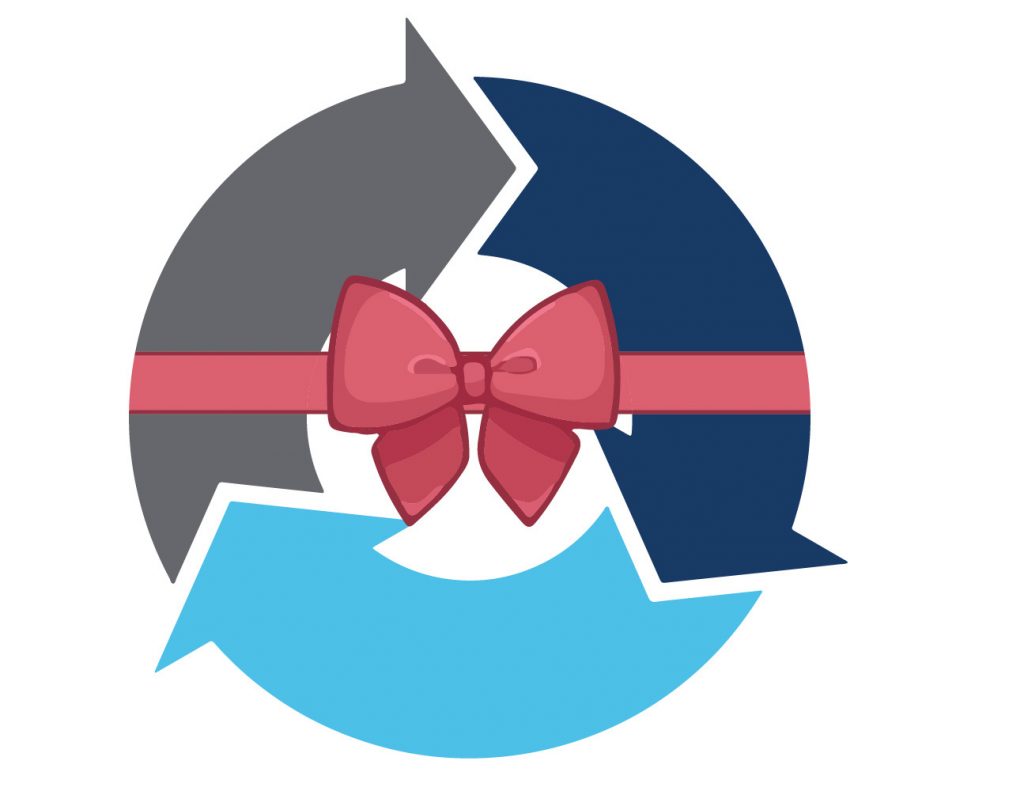April 29, 2020

In this series, we’ve established why your business needs solid digital lead generation, and some of the tools you can use to level up your lead generation. Digital lead generation is how you connect with potential customers, and the right strategies will create a powerful feedback loop for your business. Today, we’re concluding this series with a wrap-up of the concepts and tools we’ve covered – read on for a quick recap of how you can level up your digital lead generation.
Lead generation is the process you use to capture interest from potential customers. First you identify your target audience – the people most likely to buy your product. Then raise awareness of your products and services, and engage with your audience. After those users have made contact, you’ll begin scoring your leads based on how they’ve qualified themselves – did they just enter an email address for the newsletter, or did they send a direct message asking about pricing for your product? Once the leads have proven they are qualified, it’s time to send them on to sales and convert them into customers.
For your company to thrive, you need to be marketing to the right audience. Identify your target demographic. Age, gender, location, income level, personal interests, screen habits, and much more all factor into the likelihood that someone is going to engage with your ad. Speak directly to your well-researched target audience, and only rely on quality content (rather than quantity) to do so. Learn more about building a target audience here on our blog.

A number of tools are available to help boost your digital lead generation. We’ve covered four of our favorites – here are some select tips on each. Read more on the individual blog articles linked below.
First, you’ll build your audience. Facebook has an audience builder tool that will allow you to target the specific groups you’re looking to serve your ad to. Retargeting audiences help you generate qualified leads, while designing an audience from scratch will get new eyes on your products. Then you’ll build your ad. Your primary copy should illustrate the benefit of your product to your customers, while the headline should directly relate to your call to action button. Fine-tune your form to qualify your leads to your liking – requiring more or less information to be entered – and start generating leads on Facebook. Click here to read more about Facebook Ads lead generation.
Google Ads are effective at finding potential customers who are actively looking for something like your product or service. You’ll rely on the target audience you built at the beginning of the process to narrow down who these ads are for. You want to ensure there’s a message-to-market match – make sure that what they’re searching for is what you’re telling them. The best bidding strategy is often run manually, rather than automatically – that way you always know where your bids are going. Finally, always circle back and use the data from your ads to make them better – improving your strategy constantly. Read more about Google Ads lead generation strategies here.
Segment your audience intelligently. Not every email may need to go out to every person on your list. Send your readers valuable information, and don’t bombard them with requests to buy – always work to provide value. And, automate your marketing emails responsibly. Nurture the leads you get through email and you could have a long list of converted customers. But, if you spam them, you’ll have a lot of bounced and undeliverable emails. Learn more about email campaigns for lead generation here.
Blogging can help you establish credibility, provide value, and draw in leads. First, writing for SEO is an effective way of getting attention. Write about the questions and problems that people are actually searching. You can also create landing pages with your blogs – add buttons, forms and other functionality to make them into lead generation machines. For more on blogging, read our lead generation blog on the topic here.

These principles are applicable to any platform, not just the ones we’ve laid out here. You’ll want to identify and attract potential customers, engage with them and raise awareness, and delight them by bringing them value. This becomes a feedback loop – where customers will develop loyalty and even bring in new leads. Learn more about the lead generation process in our last blog, here.
Digital lead generation is how businesses connect with their potential customers. It is an important aspect of the sales process, but it can be a lot of work. Rearview Advertising makes it simple. We determine your needs, develop audiences, and raise awareness of how your business provides value. Contact us today or use the form below for a free marketing review call. You’ll have real 1-on-1 time with a marketing expert who can determine your business’s needs, and create a strategy that will level up your marketing efforts.